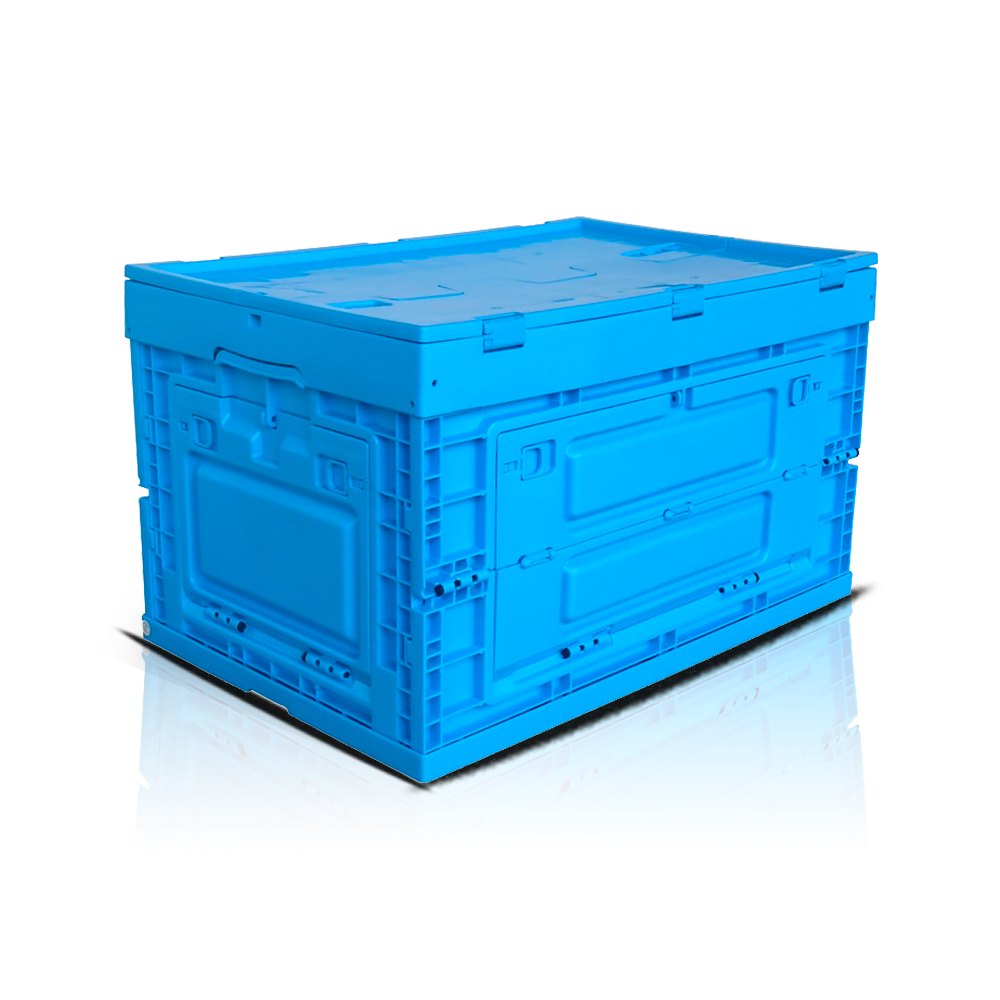To make plastic food crates easy to clean and sanitize, several design features are typically incorporated. These features ensure that the crates can be effectively washed, disinfected, and maintained to meet hygiene standards, especially for food handling and storage. Here are some of the key design features:
Smooth Surfaces
Minimal Crevices: The crate is designed with minimal crevices, seams, or joints where dirt, bacteria, and other contaminants could accumulate. Smooth surfaces allow for easier cleaning.
Rounded Corners: Rounded corners are easier to clean compared to sharp edges, reducing the risk of debris getting trapped and facilitating more thorough sanitation.
Drainage Holes
Efficient Drainage: The crates often have drainage holes or slots that allow water to drain out quickly during washing. This prevents water from pooling inside the crate, which can harbor bacteria.
Strategically Placed Openings: Openings are strategically placed to ensure that water and cleaning solutions can reach all areas of the crate, ensuring comprehensive cleaning.
Material Properties
Non-Porous Plastic: The use of non-porous plastic materials prevents the absorption of liquids and contaminants, making the surface easier to clean and sanitize.
Chemical Resistance: The plastic material is resistant to various cleaning agents and disinfectants, allowing for the use of strong sanitizing solutions without damaging the crate.
Stackable Design
Interlocking Stackability: Crates are designed to stack securely without compromising access to the surfaces that need cleaning. This design feature also ensures that stacked crates can be easily separated for individual cleaning.
Ventilation and Airflow
Ventilation Slots: Ventilation slots or holes not only facilitate air circulation to keep contents fresh but also make it easier to clean the crate by allowing cleaning solutions and water to flow through.
Airflow Optimization: The design ensures that airflow is optimized during drying, reducing the time required for crates to dry completely after washing.

Ease of Handling
Ergonomic Handles: Ergonomically designed handles make it easier to maneuver and clean the crates thoroughly. Handles are often designed to avoid hollow spaces where dirt can accumulate.
Lightweight Construction: Lightweight construction makes the crates easier to handle and wash, especially in large quantities.
Modular Design
Detachable Components: Some crates may have detachable components that can be easily removed for more thorough cleaning and then reassembled.
Foldable or Collapsible: Foldable or collapsible designs can make it easier to clean all surfaces by providing better access to the interior and exterior surfaces.
Compliance with Hygiene Standards
Food-Safe Materials: The use of food-safe, FDA-approved materials ensures that the crates can be cleaned and sanitized without risk of contaminating the food they carry.
Color Coding: Color-coded crates can help in organizing and identifying crates for different types of food, reducing the risk of cross-contamination during cleaning and usage.
Automated Cleaning Compatibility
Dishwasher Safe: The crates are designed to be compatible with industrial dishwashers, ensuring that they can withstand high temperatures and rigorous cleaning cycles.
Standardized Sizes: Standardized sizes make it easier to fit the crates into automated cleaning systems, ensuring consistent and thorough cleaning.
By incorporating these design features, plastic food crates can be effectively cleaned and sanitized, ensuring they meet hygiene standards required for food handling and storage.












ZHEJIANG ZHENGJI PLASTIC INDUSTRY CO. ,LTD born in 1990’s is a professional manufacturer of plastic collapsible boxes, folding crates, storage bins, moving dolly and other plastic products items, etc.
 +0086-573-80886008
+0086-573-80886008Copyright © Zhejiang Zhengji Plastic Industry Co.,Ltd.All Rights Reserved.
